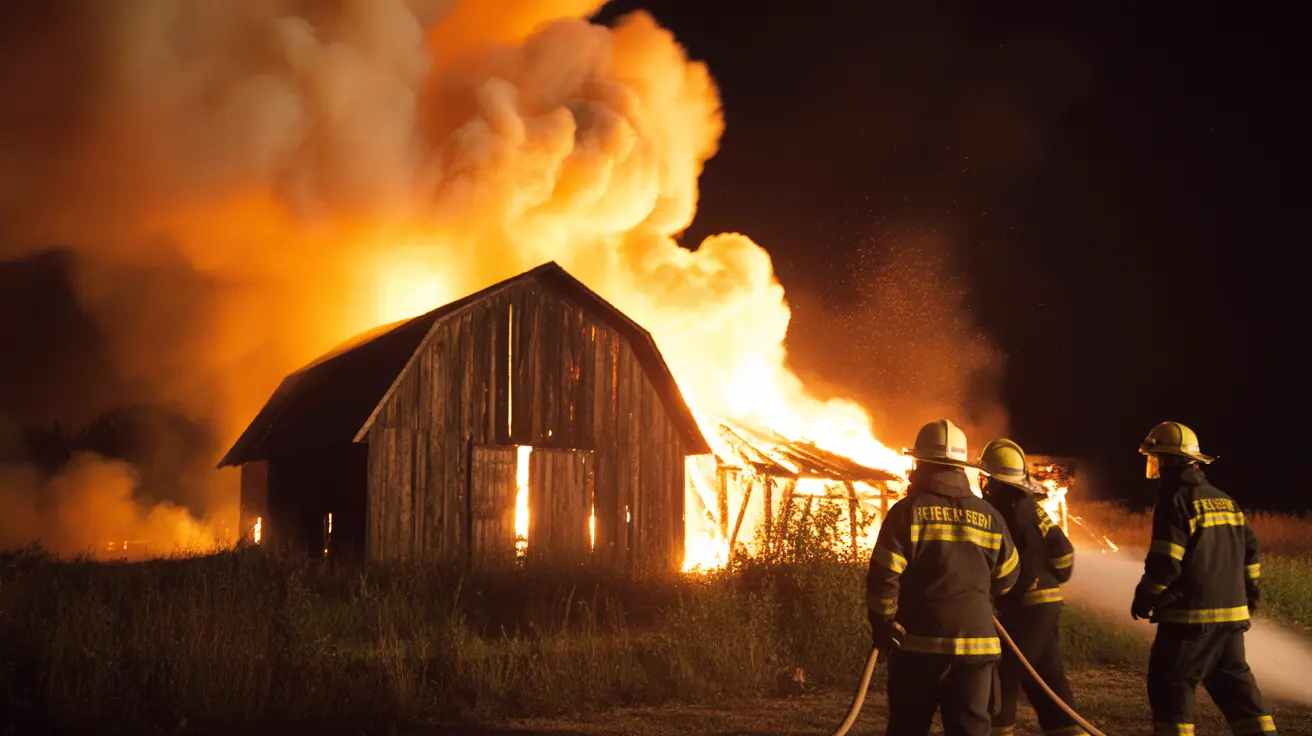Are Deer Antlers Safe for Dogs to Chew? A Comprehensive Guide
Chewing is a natural behavior for dogs, providing both mental stimulation and a way to clean their teeth. Among the multitude of chew options available,
deer antlers have grown in popularity due to their natural composition and durability. But are they truly safe for your dog? This guide explores the pros, cons, and expert opinions on whether you should let your pet chew on antlers.
What Are Antler Chews?
Antler chews are hard, bone-like dog treats sourced from naturally shed antlers of deer, elk, moose, or sometimes reindeer. They are:
- Natural and long-lasting: These chews don’t contain artificial additives or preservatives.
- Rich in nutrients: Antlers contain marrow rich in calcium, phosphorous, manganese, and zinc.
- Marketed for dental health: Some brands promote antlers for reducing plaque through mechanical chewing.
Veterinary Concerns About Antler Chews
Despite their growing popularity, many veterinarians and veterinary dental specialists actively advise against antlers. The main concerns include:
1. Risk of Tooth Fractures
The hardness of antlers often exceeds what a dog’s teeth can handle, especially for aggressive chewers. Fractures, particularly of the upper premolars, are common and can be extremely painful. Treatment options are costly and include root canals or extractions. Broken teeth can also lead to infection or abscess.
2. Choking and Obstruction Hazards
As dogs chew, antlers can break into smaller, sharp pieces. These fragments may get lodged in the airway, leading to choking or esophageal obstruction. Symptoms include:
- Gagging
- Excessive drooling
- Difficulty swallowing
- Vomiting or regurgitation
3. Gastrointestinal Blockages
If a dog swallows a piece of the antler, it may pass into the stomach or intestines. Given the density of antlers, fragments are unlikely to digest smoothly and can cause blockages requiring emergency surgery.
High Risk Groups
Some dogs are more vulnerable to complications from antler chews:
- Puppies: Never give antlers to dogs under six months. Their baby teeth and developing jaws can be easily damaged.
- Senior Dogs: Older dogs often have weaker or compromised dental health, making hard chews risky.
- Dogs with existing dental issues: Any dog with worn teeth, fractures, or gum disease should avoid hard chews like antlers.
Veterinary Consensus
Veterinary studies and polls show that
over 90% of veterinarians do not recommend antler chews. Even if a dog has used them in the past without incident, there’s no guarantee of future safety. Many vets observe fractured teeth in dogs that regularly chew hard objects—even thicker antlers from moose or split-elk species.
Are Any Antlers Safer?
While some pet owners opt for softer variants like
split elk antlers (marrow exposed) or
moose antlers (bone-like interior), veterinary experts still discourage their use. The hardness that contributes to longevity also makes them dangerous. There's no truly “safe” antler type if the material poses a risk of physical harm.
Safer Chew Alternatives to Antlers
Looking for effective, dog-safe chews? Consider these vet-approved alternatives:
- Rubber toys: Brands like Kong or Zogoflex, which allow stuffing and are easily sanitized.
- Rope toys: Provide chewing texture and are lightweight, minimizing fracture risks.
- VOHC-approved chews: Chewing products with the Veterinary Oral Health Council (VOHC) seal ensure effectiveness and safety.
- Frozen fruits: Frozen bananas or apple slices can be excellent for teething puppies.
How to Assess Chew Safety
Veterinary dentists advise a simple test:
If a chew is too hard to tap comfortably against your kneecap, it’s too hard for your dog’s teeth. This applies not only to antlers, but also to other potentially harmful chews such as:
- Nylon bones
- Rawhide (especially large, thick pieces)
- Hooves and pig ears
- Bully sticks
- Weight-bearing animal bones
Supervision and Tooth Health
Always supervise your dog while it chews. Replace a chew the moment it becomes small enough to swallow. Watch for excessive splintering or damage. For long-term dental care, regular tooth brushing and professional cleaning should be prioritized over hard chew toys.
Final Recommendations
To recap:
- Antlers pose serious dental and gastrointestinal risks.
- They are not recommended by most veterinary professionals.
- No antler type is universally safe.
- Use approved rubber or rope toys instead.
- Never give antlers to puppies or senior dogs.
- Supervise chewing and maintain regular dental care.
When in doubt, talk to your vet about appropriate chew toys suitable for your dog’s breed, age, dental health, and chewing behavior. While a natural product like an antler may seem appealing, your dog’s safety and well-being must come first.





